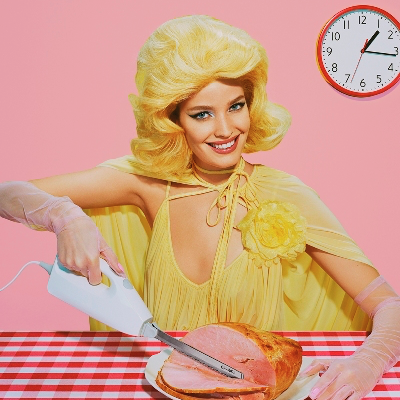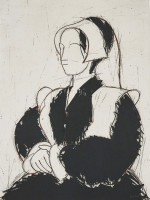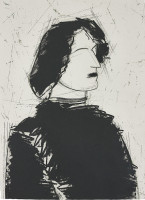Manolo Valdés
Manolo Valdés (Spain, 1942) is a celebrated contemporary artist known for reinterpreting classic art through painting, sculpture, and prints. A co-founder of the Equipo Crónica collective, Valdés blends pop art and historical references. His monumental sculptures and textured canvases challenge traditional forms while paying homage to art history’s iconic figures.
- Recently Added
- Price (Low-High)
- Price (High-Low)
- Year (Low-High)
- Year (High-Low)
Manolo Valdés
Dama Con Sombrero (Pamela I), 2013
Limited Edition Print
Collage
Currently Not Available
Manolo Valdés
Botticelli Como Pretexto III, 1996
Limited Edition Print
Mixed Media
Currently Not Available

What is contemporary art?
Contemporary art refers to avant-garde or innovative art created in the recent past or present day. The exact starting point of contemporary art varies depending on the institution, often tied to the founding year of museums or galleries that showcase the style. Contemporary art is characterized by its focus on current ideas, diverse media, and the exploration of new concepts and techniques.
































